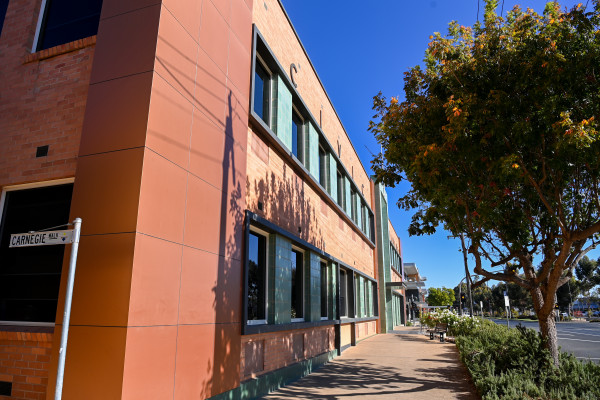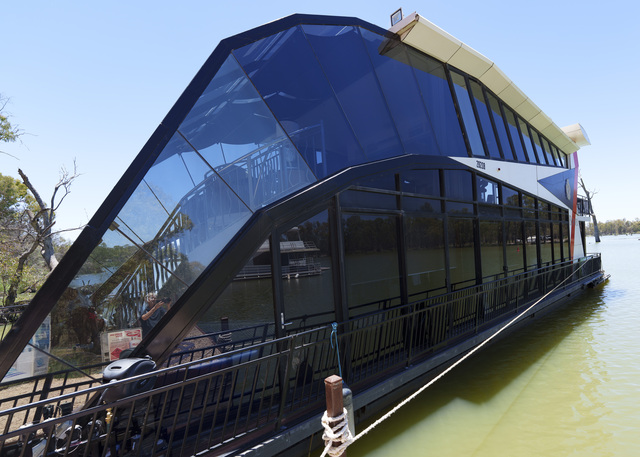MILDURA Rural City Council is finalising its revenue and rating plan for the next four years.
Municipal staff engaged the help of industry experts, the AEC Group, to review the organisation’s rating structure and determine what changes, if any, were required.
The review would determine the percent of rates collected through each of the different property types, not the total value of rates generated.
In 2024-25, MRCC plans to collect $90.23 million from rates and charges, with $73.32 million from general rates.
Of the total rates, 60.8 per cent comes from residential ratepayers, 20.3 per cent from farmland ratepayers, and 18.9 per cents from business.
A 70 page report from AEC Group explored four different options available to council to even out the burden of rates across the municipality.
In the existing strategy, differential rates for the three land categories were set at 100 per cent (residential), 90 per cent (farming) and 130 per cent (business).
Of the four options it explored, the research group recommended the second – raising the differential rate for business properties in MRCC by an additional 10 per cent.
That would bring the rating yield closer to a 60-20-20 split, as 60.8 per cent of rates would come from residential properties, 19 per cent from farmland, and 20.2 per cent from business
Mildura Mayor Cr Helen Healy said the change was recommended to ensure the fairest possible distribution of the rating load.
“Rather than changing how much funding is generated through rates, this is about determining how the ‘rating pie’ is divided between the different property types,” she said.
“Importantly, one of the overarching principles applied as part of the review process is ensuring no single property type is unfairly burdened based on that category’s ability to pay.”
A recommendation made by the AEC Group for the previous four year strategy recommended the council seek to increase the rate burden on the farmland rate category.
MRCC chief executive Martin Hawson said the community could view and provide feedback on the latest AEC Group report until March 28.
“Our strategy has always been to try and have small changes, so we’re aiming to have as minimal change as what we can,” he said.
“I’d encourage, if the community is interested, to download the report and have a look, it does go into the specific detail.”
Prior to the review, differential rates for businesses were higher in Bendigo, East Gippsland, Wangaratta and Shepparton than they were in Mildura.
Meantime, farmland differential rates were higher in Mildura than in Bendigo, East Gippsland, and Wangaratta, and equal to those in Shepparton.
A factsheet for the draft revenue and rating plan, and the AEC Group report, can be found at the yoursay Mildura website.








